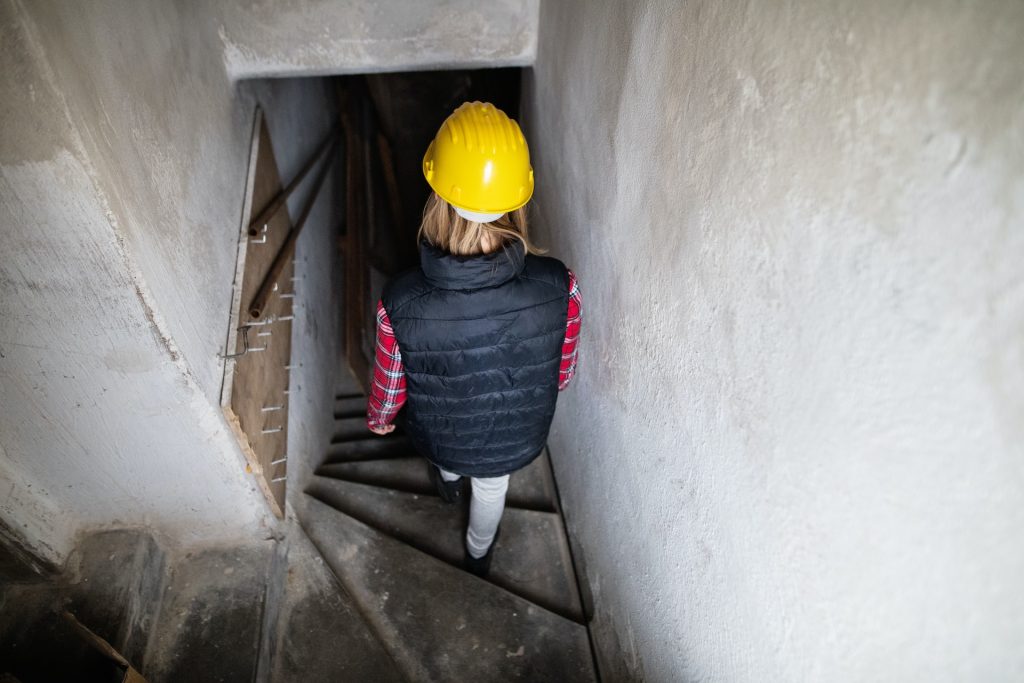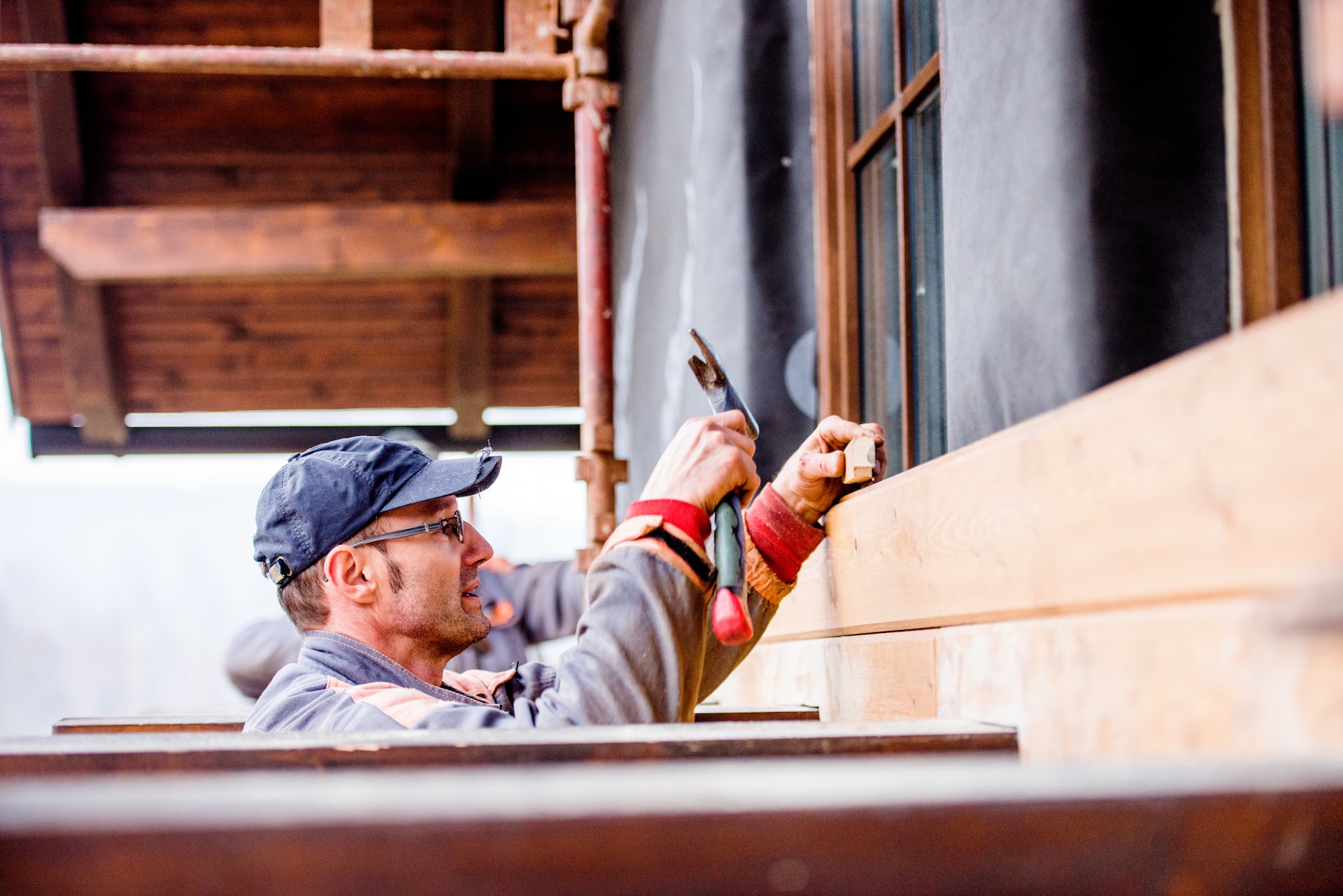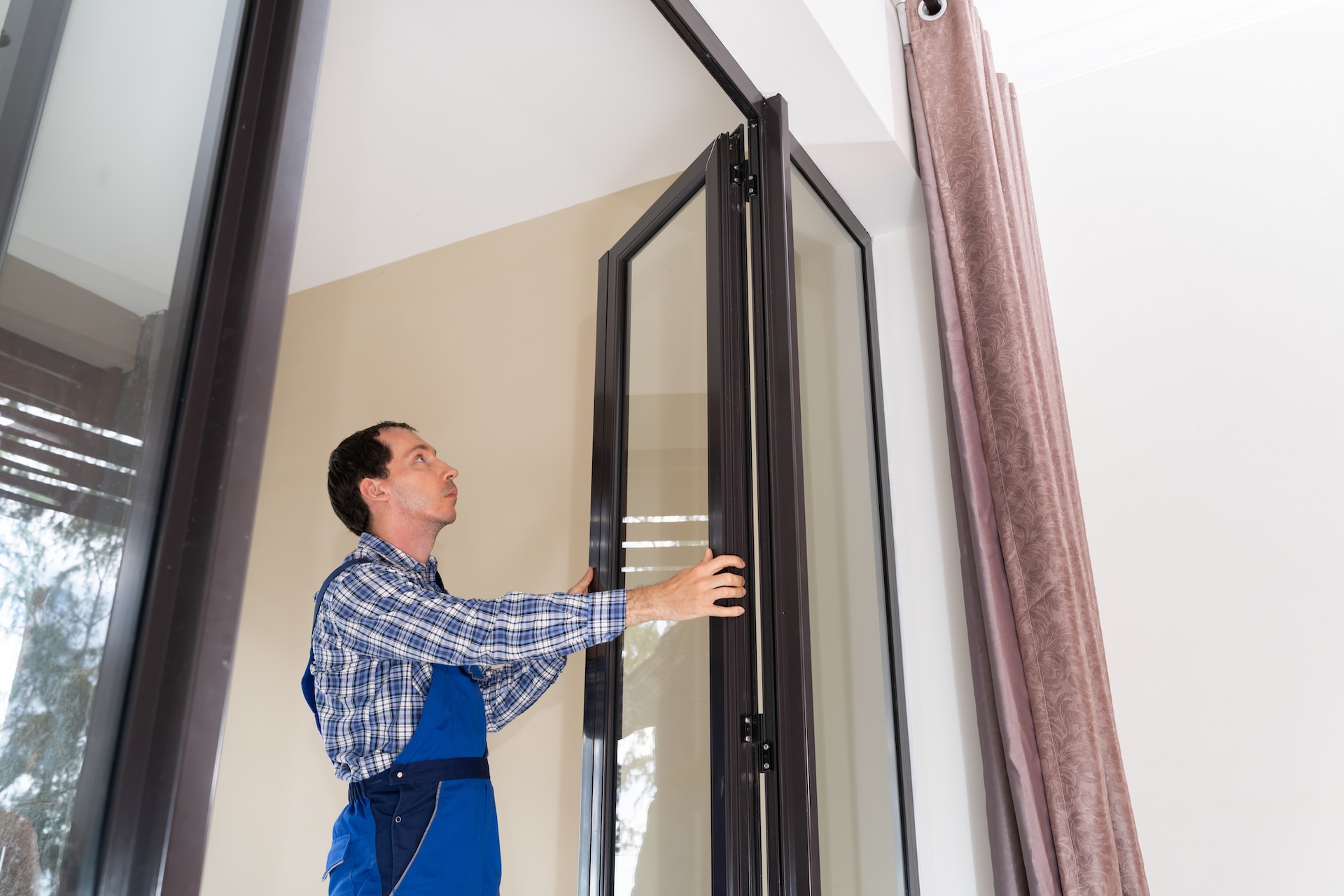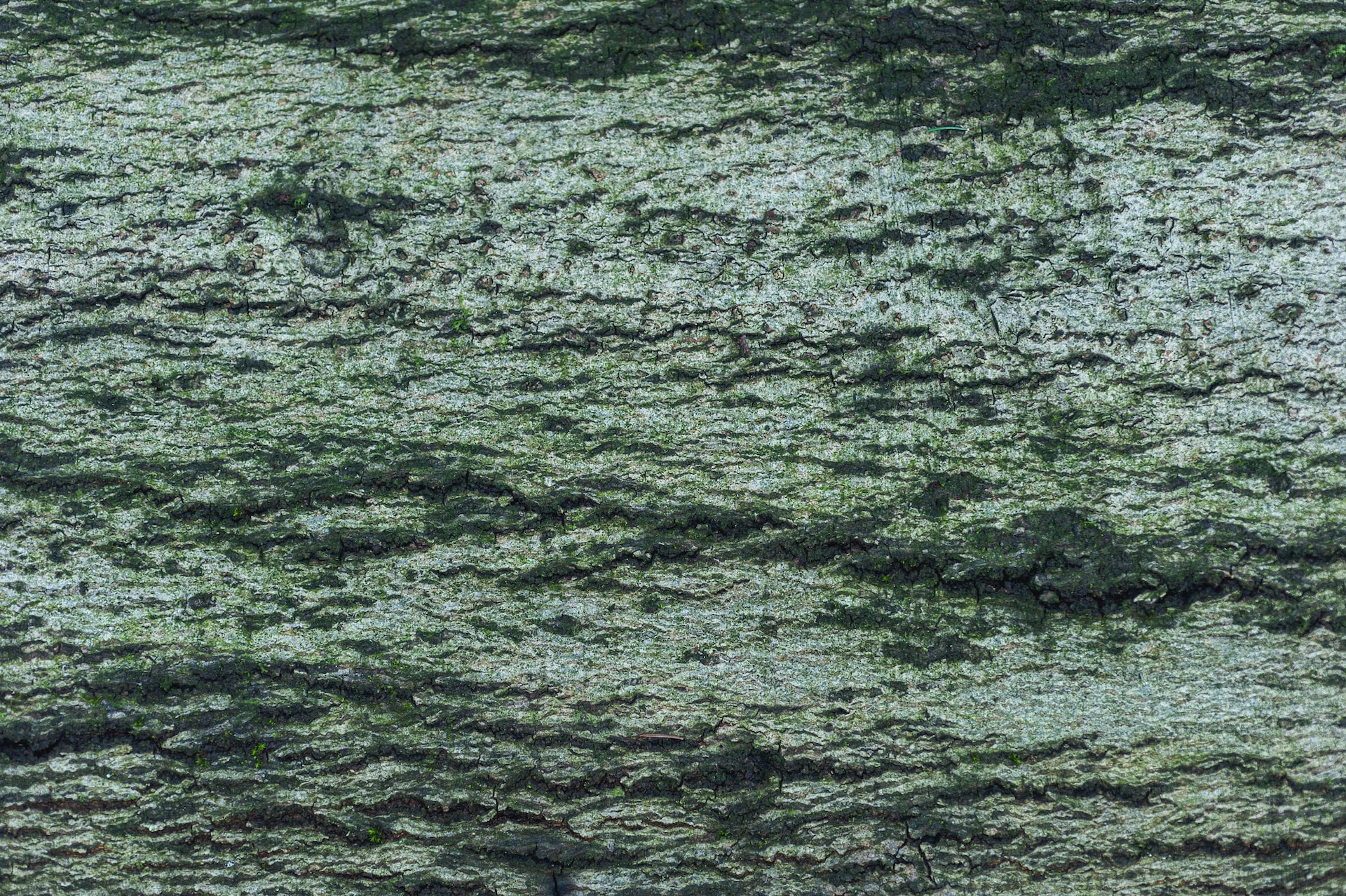The crawl space encapsulation process is vital to modern home maintenance and improvement. This intricate procedure must be addressed in safeguarding residential properties’ structural integrity and overall well-being. Homeowners can effectively combat various issues, including moisture buildup, mold growth, energy inefficiency, and pest infestations, by comprehensively sealing and insulating the crawl space beneath a home.
This article aims to comprehensively understand the crawl space encapsulation process, equipping homeowners and industry professionals with essential knowledge and insights.
Preparation
Clear Out Standing Water
The first thing to look for is standing water; you want to avoid electrocution by bringing power and illumination into the area to complete the task. You should contact a professional before entering the crawl space if there is standing water.
Clean Crawl Space
Once it’s safe to enter, clean out the crawl space of any old poly, damp insulation, sharp pebbles, or other debris. According to most construction requirements, the crawl space vapor barrier must be installed on the ground. Install the vapor barrier on the ground first, even if you want to use rigid insulation. Make this surface as smooth as possible for your work safety and comfort.
Crawl Space Health Check
You’re almost ready to begin, but completing that “wellness check” is wise. This includes loose wiring – do you need an electrician to inspect anything? How are the pipes? Do you require the services of a plumber? What about termite and wood rot? It’s always preferable to engage professionals first, especially now that you’ve provided them with a clear path to any issue areas.
Start With the Walls
Begin by taping the masonry wall with double-sided construction tape. This can hold your installation until a mechanical fastener, such as a termination bar, can be attached. Remove one side of the release liner at a time, sliding slowly along the wall and pressing the adhesive down hard to ensure a straight line and to avoid a sticky mess.
Apply the vapor barrier to the exposed, double-sided tape by unrolling it along the vertical wall. Remember that this tape protects your crawl area from hazardous moisture and odors, so wrap it around your stone walls tightly and evenly.
Check that the vapor barrier reaches over the double-sided tape. Once the vapor barrier has been adhered to the walls, it should be secured to the concrete with a mechanical fastener such as termination bars.
Most masonry screws require that a hole be pre-drilled into the concrete wall. Hold the term bar as a template to mark your holes with a marker if your termination bar has specified spots to target.
Secure Pipes and Penetrations
Address all fixed position locations first, which includes any pipes or other utility penetrations coming from the ground into your home.
Using little detailed patches of material to work around these problematic locations is recommended. You’ll save a lot of time and effort trying to roll out material in these regions if you size the vapor barrier to each penetration and cut slits in the material to fit around tight spots.
Then use seaming tape to secure everything. Remember that your crawl space will have a monolithic seal against vapor and soil gasses once completed. This includes your pipes and other penetrations, therefore, use seam tape to tightly seal the vapor barrier around each pipe or penetration.
Conclusion
The crawl space encapsulation process is fundamental to maintaining a healthy and efficient home environment. By following the steps outlined in this guide, homeowners can effectively address issues related to moisture, mold, energy inefficiency, and pests within their crawl spaces.
Looking for a reliable, clean air company in Matthews, Mint Hill, Harrisburg, or Concord, NC Look no further than Clean Air Carolinas, Inc.! As experts in crawl space insulation and waterproofing, we specialize in creating healthier, more energy-efficient homes. Our team of professionals is dedicated to improving indoor air quality, ensuring that you and your family breathe clean, fresh air.




